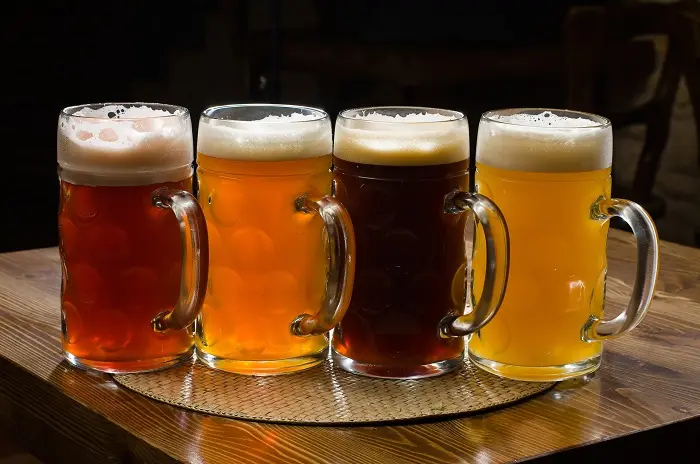The craft beer industry is approaching a pivotal moment. The era of breweries freely experimenting with new ideas may be ending. Recent years have seen several long-standing craft breweries close their doors. The industry’s growth, while still positive, is slowing, prompting brewers to reassess their strategies.
The number of craft breweries in the U.S. continues to rise, nearing 10,000. However, the growth rate has begun to decelerate, which is causing concern among producers. The pandemic has intensified competition, with new beverages such as ready-to-drink canned cocktails, hard seltzers, and spiked juice drinks gaining popularity.
Ellie Preslar, Chief Commercial Officer at Sierra Nevada Brewing Co., highlights the increasing competition. “There are more beverages on shelves than ever before,” Preslar said. “Consumers now have a broader range of choices, which includes new categories that compete directly with beer.”
Success in the craft beer sector is now more challenging than it was in the past. Today’s consumers are more discerning about product origins, quality, and production methods. Preslar believes that craft beer’s resilience lies in its alignment with these values. “Craft beer has staying power because it reflects consumers’ preferences for quality and authenticity,” she explained.
Sierra Nevada, a pioneer in the craft movement since 1979, remains optimistic. The brewery, now in its second generation of family ownership, continues to produce high-quality beer. “We’re committed to making great beer and believe consumers will continue to seek out well-crafted products,” Preslar said.
To stay relevant, Sierra Nevada focuses on consumer feedback and evolving tastes. The brewery’s Limited Hazy Series showcases new hop combinations and style varieties, appealing to adventurous beer enthusiasts. Preslar emphasizes the importance of aligning brewing expertise with consumer desires. “We don’t create products in isolation,” she said. “We integrate consumer feedback with our brewing mastery to ensure our offerings meet current preferences.”
Dan Peterson, brewmaster at Ferment Brewing Co. in Hood River, approaches brewing with a unique perspective. He envisions the finished beer before developing a recipe. “For each new beer, I ask what makes it different,” Peterson explained. “I build the recipe by reverse-engineering the concept, focusing on ingredients and processes to achieve the desired flavor and aroma.”
Peterson values both tradition and innovation. He acknowledges that while brewing has always evolved, the essence of the craft remains. “Brewing traditions have changed over time, but our fundamental approach to creating beer has stayed the same,” he said. “At Ferment, we explore historical styles and modern ingredients to create complex and exciting beers.”
The craft beer industry must navigate increased competition and changing consumer preferences. While the market continues to grow, breweries need to carefully refine their recipes and strategies to maintain their position. The rise of non-alcoholic and lower-ABV options adds another layer of complexity to the landscape.
Despite these challenges, the craft beer sector’s ability to innovate and stay true to its roots suggests that growth will continue, albeit at a more measured pace. As brewers adapt to the evolving market, their commitment to quality and creativity will be crucial in shaping the future of craft beer.


